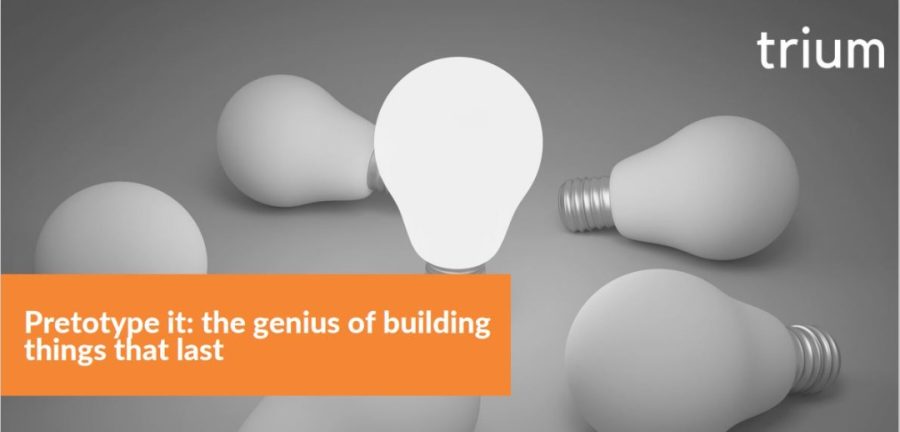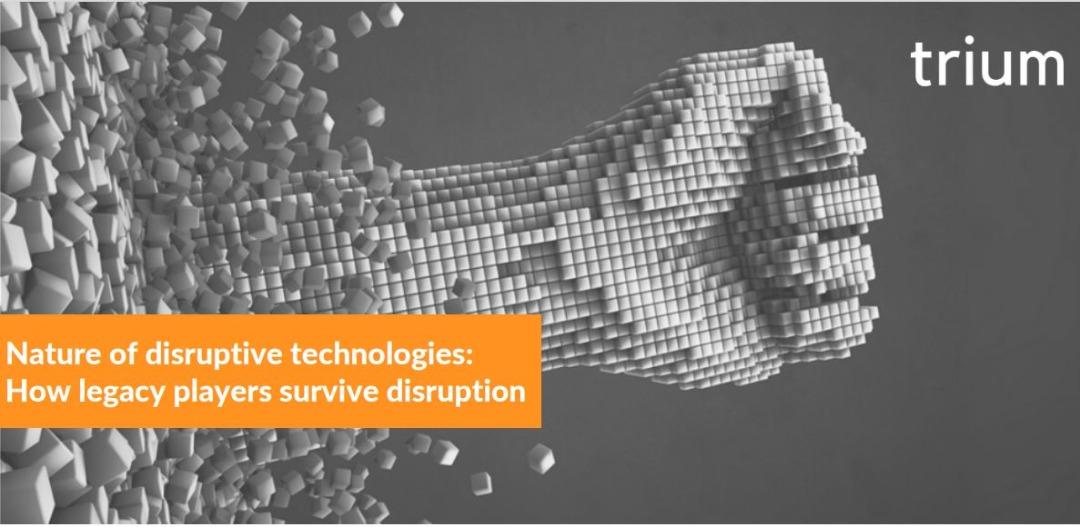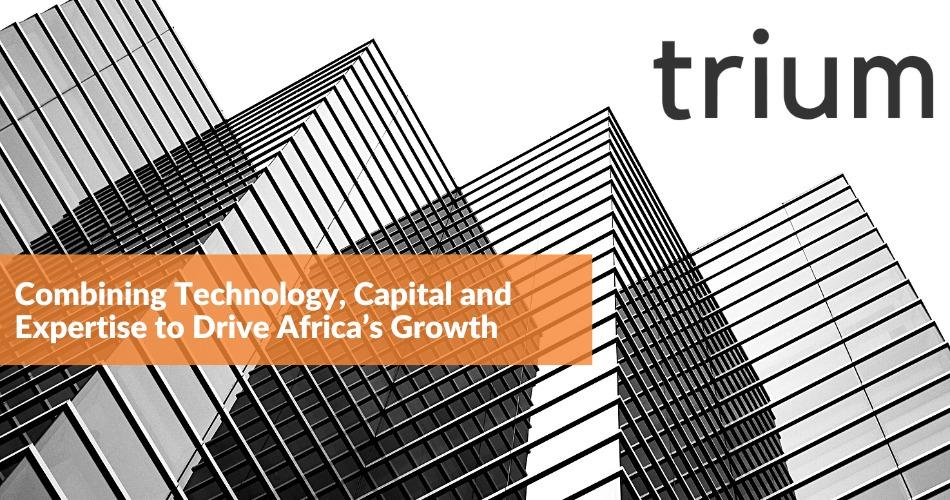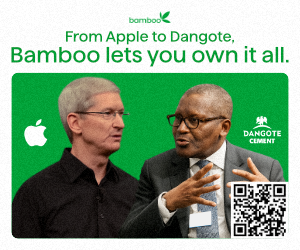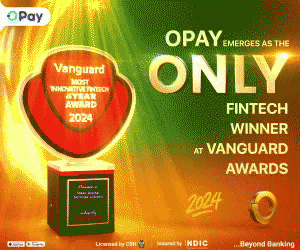Trium has adopted a pretotyping business development model that is proving effective at partnering with tech start-ups to solve challenges or leverage opportunities in Africa’s emerging and frontier markets. Trium is one of the leading venture builders in Africa built upon the pretotyping methodology. This methodology enables Trium work closely with customers, external partners, and internal teams to conceptualize, test, and validate potentially successful products that solve user pain points. By “identifying and building simple concepts that can be taken to scale, Trium is leveraging the power of technology and capital to drive growth in Africa,” says Philips Nwachukwu — Pretotype Lead, Trium.
Venture building is an innovative evolution of venture capital funding. Unlike, venture capital which simply provides financial support to develop a business concept or start-up idea, a venture builder invests its resources, infrastructure, networks, experience, and capital to help founding teams take their vision from idea to reality. Pretotyping is a process that allows Trium quickly determine ideas worth building. The process then goes on to build prototype businesses, thereafter, getting them to market as quickly as possible. By applying an empirical approach to innovative thinking and design, Trium’s five-step pretotyping process guides the selection of the right ideas, reduces the risk of failure, and maximizes the value of the investment.
- Idea generation
Our theory is that innovation is born out of a blend of significant customer motivation, disruptive technology, and/or disruptive business models. The Trium team generates ideas both internally and externally. Externally, ideas are generated through conversations with startup founders, clients, businesses. Discussions are driven around the main objective, which is to solve fundamental challenges, problems and opportunities while leveraging technology. Internally, several methods are deployed to generate ideas, exemplary, Trium customarily organizes six-week innovation sprints in which individuals in the ecosystem are challenged to present problems encountered around the working system or issues encountered while rendering services to clients.
In addition, the innovation sprint also embraces proffering solutions to challenges from across Nigeria or the rest of the continent that can be solved leveragingtechnology. All ideas are then framed from a solution perspective, identifying what technologies or groups of technologies might solve the problems or opportunities identified. However, only ideas that match Trium’s ideal investment profile in either Fintech, Edtech, or Govtech are selected to move forward.
- Customer development
Customer development is geared towards a main goal, which is gathering and obtaining a total and complete understanding of the product’s target market; this includes their needs, goals, and most importantly how they value the proposed solutions — including the metrics to be used in measuring the performance of the solutions. Case in point, if a certain solution has six features, these features need to fit with customers’ perceptions of value by first, being useful and, by being product customers are willing to pay for.
This process results in the generation of a Customer Definition Document which includes a value proposition, a customer persona, and an outline of the customer journey. The Customer definition document also defines the customers’ perception of value and success metrics. The comparison between the existing system and the new system is also obtained from this document. During this phase, a functional requirement document which includes the required characteristics of a customer is also generated.
- Business development model
Developing a business model is a comprehensive tool that essentially answers the question of whether the idea can be taken to scale and become profitable. The resulting Business Case document provides details on targets, hypothesis to test, value proposition, metrics, cost structure, list of key partners, customer segmentation and channels.
The business development model also offers detailed information on the company’s financial and strategic plans, as well as projections for future income, revenue,and growth. It also presents an analysis of the company’s investment thesis and its expectations for the future and often includes data from early market surveys. The model can also be used to analyze an existing portfolio of businesses for their potential. The content of the Business Case is also used to analyze an existing portfolio and benchmark revenue assumptions against best-in-class competitors or similar products in the market — if these exist.
The decision to advance at this stage involves several hierarchies of approvals. At this point, decisions to either ‘advance’ or ‘park’ the concept are made based on estimated potential and anticipated bottom line — with only the top third of concepts indicative of our investment thesis chosen to be presented to a special Committee.
This Committee thoroughly interrogates the concepts across all metrics, challenging the pretotype team for a justification of their assumptions and projections. The handful of concepts approved by this Committee proceeds to a higher Committee for further interrogation from a governance perspective, before being finally — and officially approved — for development.
- Build
Formal design brainstorming session is one of the most important events in a Technical Document lifecycle. The purpose of this session is to gather the correct information and design concepts to implement the final product. An ‘agile scrum’ interrogation and build process guided by expertise pulled in from across the ecosystem then goes into building out the actual pretotype.
- Measure and learn
Piloting the Pretotype directly in the market or within relevant divisions empowers the Measure and Learn phase with live, hands-on feedback on a dashboard calibrated for the pre-determined success metrics for the pretotype. Once piloted for up to a month, and on receipt of favorable metrics, the results of the pilot are shared for review.
Once the requisite approval is received, the concept is formally fleshed out into a Minimum Viable Product (MVP). Following a Private Beta Launch, the MVP is then piloted in the market, measuring impact and earnings — from anywhere between three and six months. As soon as the concept and MVP are proven for their validity and viability, the MVP is typically taken to the venture panels for approval. A venture panel will then approve or disapprove whether to invest and/or further develop the MVP idea.
Trium is currently building Pretotypes and MVPs expected to be launched in the market in 2023. In Africa, it has been estimated that 85% of start-ups, even with funding, fail in or by the third year. By the fifth year, even more would have failed. Trium’s pretotyping process greatly minimizes the risk of business failure by validating the following questions before setting out to build the business;
- Would I use the product?
- How often, and when would I use it?
- Would other people buy it?
- How much would they be willing to pay for it?
- How, how often, and when would they use it?
The agility that pretotyping presents to the product development process saves time, money, and significantly improves outcomes, as only rigorously tried, tested and professionally supported concepts equipped with the metrics to attract viable funding eventually make it into the market.
Find out more about us here, you can also connect with us on LinkedIn, and on Twitter

